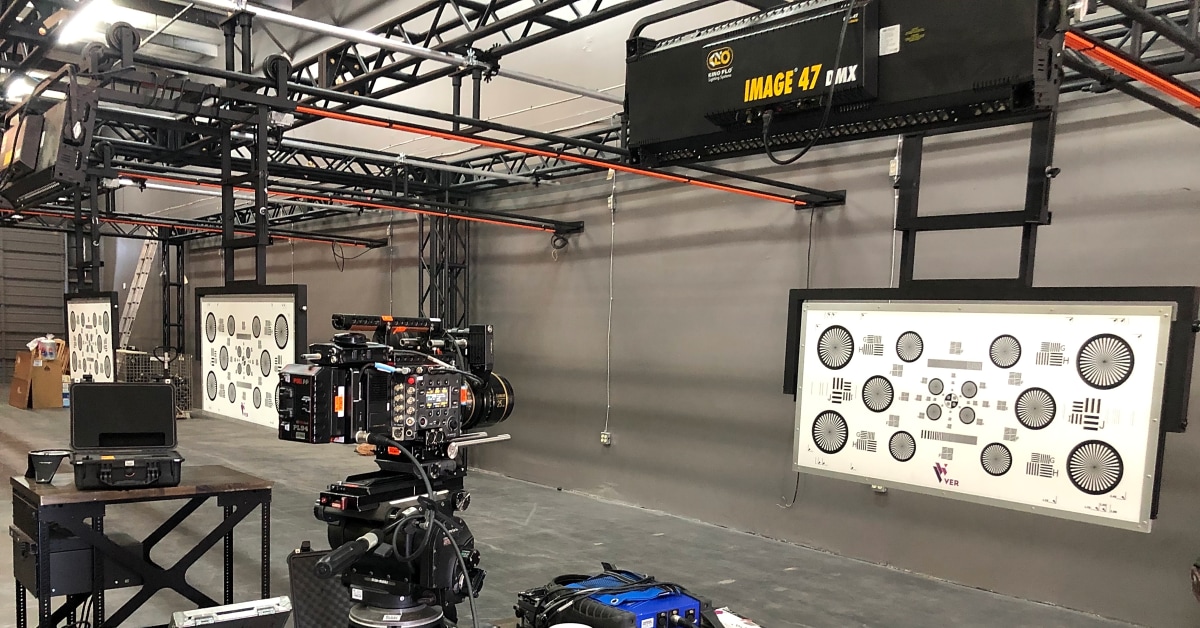Are you looking to enter the world of video production or expand your skills as a director? One of the most crucial aspects of creating a successful film or video project is knowing how to effectively direct and manage talent on set. Whether you are working with professional actors or inexperienced individuals, it is essential to have the right skills and techniques to bring out the best performances from your cast. In this article, we will dive into the world of directing and managing talent on set, exploring various strategies and tips to help you create a seamless and successful production.
From casting to rehearsals to the actual filming process, there are numerous factors to consider when it comes to directing and managing talent on set. We will cover everything from building a strong rapport with your actors, to effectively communicating your vision, to handling unexpected challenges that may arise. By the end of this article, you will have a better understanding of what it takes to be a successful director and how to bring out the best performances from your cast.
So, whether you are a seasoned director or just starting out in the world of video production, this article is for you. Let’s dive in and learn how to effectively direct and manage talent on set.
As a video production professional, it’s essential to have strong directing and managing skills when working with talent on set. Not only does this help ensure a smooth production process, but it also leads to a higher quality end product. In this article, we will cover strategies and techniques for effective management and team building, as well as ways to improve organizational efficiency and performance through problem solving and decision making. Whether you are looking to become a better leader in your business operations or simply want to enhance your skills in directing and managing talent, this article is for you.
Firstly, it’s important to establish a clear vision for the project and communicate it to your team. This will help keep everyone on the same page and motivated towards a common goal. In addition, effective communication is key in directing and managing talent. Be sure to clearly explain your expectations, provide constructive feedback, and listen to any concerns or ideas from your team. This will foster a positive and collaborative work environment.
Another important aspect of directing and managing talent on set is understanding each individual’s strengths and weaknesses. This will allow you to assign tasks accordingly and maximize everyone’s potential. Additionally, it’s crucial to build a sense of trust and respect with your team. This can be achieved through open communication, showing appreciation for their work, and leading by example.
Problem solving and decision making are also crucial skills when it comes to directing and managing talent on set. It’s important to approach any issues or challenges with a calm and rational mindset. Take the time to gather all necessary information, involve your team in the decision making process, and be open to different perspectives. This will lead to more effective solutions and a stronger team dynamic.
To improve organizational efficiency and performance, it’s important to constantly evaluate and analyze your processes. Look for areas that can be streamlined or improved upon, and involve your team in finding solutions. This will not only increase efficiency, but also boost morale and teamwork.
In conclusion, directing and managing talent on set requires strong leadership skills, effective communication, understanding individual strengths and weaknesses, problem solving, and continuous improvement. By implementing these strategies and techniques, you will not only improve the production process, but also develop a stronger and more cohesive team.
Effective Communication
Effective communication is key in any successful video production, especially when it comes to directing and managing talent on set. As a leader, it’s important to listen to your team and provide constructive feedback. This not only helps build trust and rapport with your team, but it also allows for effective problem solving and decision making.
Understand Individual Strengths and Weaknesses
When it comes to directing and managing talent on set, it’s important to understand the individual strengths and weaknesses of each team member. This allows you to assign tasks accordingly, maximizing their potential and ensuring a successful production.
Build Trust and Respect
use HTML structure with trust and respect only for main keywords and
Foster a positive work environment through open communication and appreciation.
, do not use “newline character
Continuous Improvement
In any industry, continuous improvement is crucial for success. This is especially true for video production, where every aspect of the process can impact the final product. As a director or manager on set, it’s important to regularly evaluate processes and involve your team in finding ways to increase efficiency.
One way to approach this is by regularly conducting post-production evaluations with your team. This can include discussing what went well and what could have been improved during the production process. Encouraging open communication and taking constructive criticism from your team can help identify areas for improvement.
Another approach is to involve your team in problem-solving and decision-making. By empowering your team to come up with solutions and make decisions, you not only increase efficiency but also boost morale and team dynamics.
It’s also important to stay updated on industry trends and techniques. Attending workshops, conferences, and networking events can provide valuable insights and ideas for improving processes on set.
Establish a Clear Vision
Establishing a clear vision is essential for successful directing and managing of talent on set. As a video production professional, it’s important to communicate your expectations and goals to your team in order to guide them towards a common goal and ensure a smooth production process.
One way to effectively communicate your vision is through meetings and discussions with your team. This allows for open communication and the opportunity for team members to ask questions and provide their input. It’s also important to be specific and clear in your expectations, as this will help avoid misunderstandings and confusion.
Additionally, using visual aids such as storyboards or shot lists can also help communicate your vision to your team. These tools can provide a clear visual representation of what you want to achieve, making it easier for your team to understand and execute your ideas.
Overall, establishing a clear vision is crucial for effective directing and managing of talent on set. By clearly communicating your expectations and goals, you can ensure that everyone is on the same page and working towards a common goal, resulting in a higher quality end product.
Problem Solving and Decision Making
As a video production professional, it’s inevitable that you will face challenges and obstacles while directing and managing talent on set. However, the key to overcoming these challenges is to approach them with a calm and rational mindset. This means not letting your emotions take over and cloud your judgment. Instead, take a step back and objectively assess the situation at hand.
One effective way to approach problem solving and decision making is to involve your team. As the saying goes, two heads are better than one. By involving your team in the process, you not only gain different perspectives and ideas, but you also foster a sense of collaboration and teamwork. This can lead to more effective solutions and a stronger team dynamic.
It’s also important to be open to different perspectives. As a leader, it can be easy to fall into the trap of thinking that your way is the only way. However, being open to different ideas and opinions can lead to better problem solving and decision making. It allows for a more diverse range of solutions and can help avoid tunnel vision.
By utilizing these techniques in directing and managing talent on set, you will not only become a better leader in video production, but also improve organizational efficiency and performance. Remember to communicate effectively, understand your team’s strengths and weaknesses, foster trust and respect, approach challenges with a rational mindset, and continuously strive for improvement.







